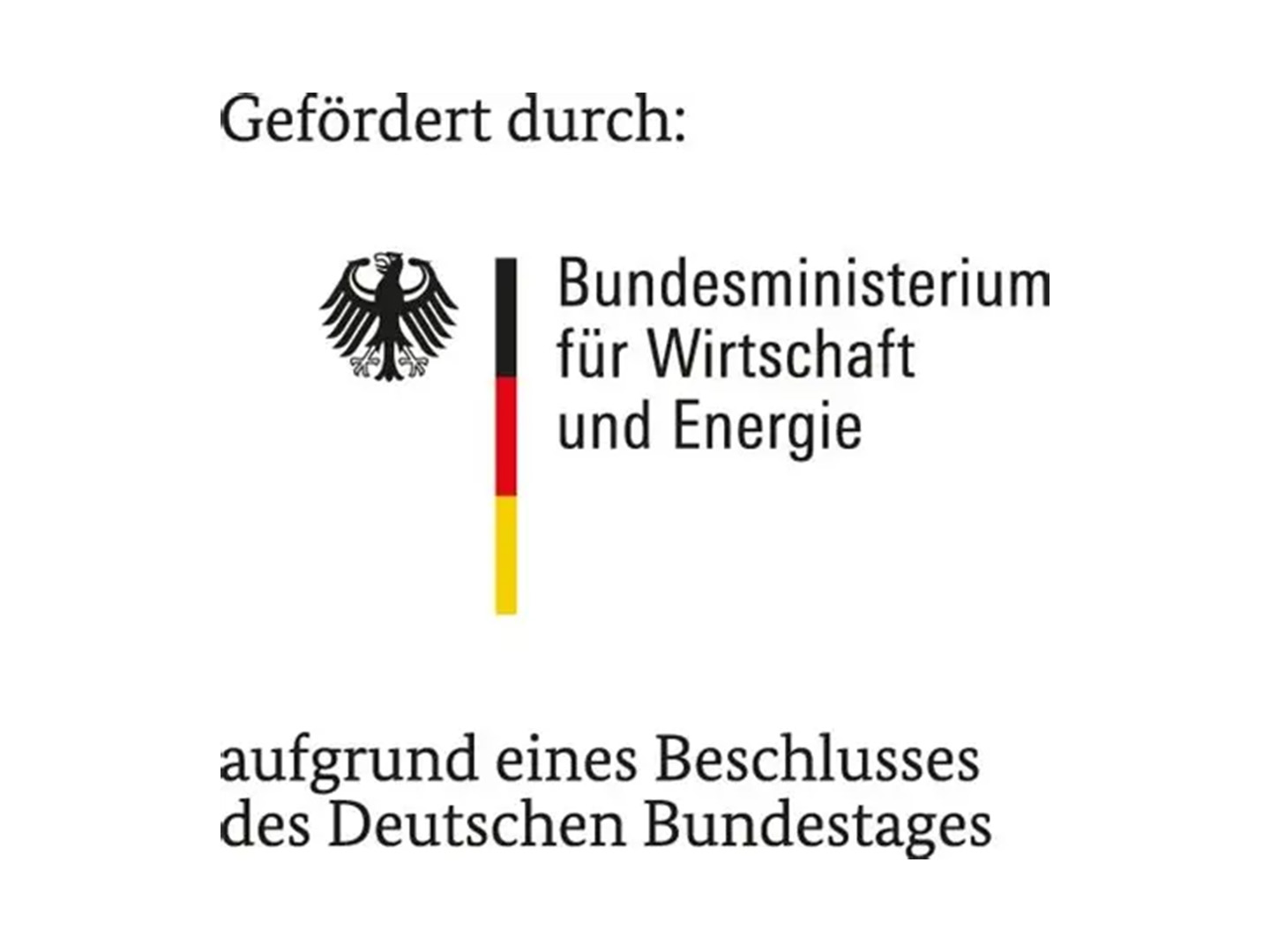Project objectives: The Duisburg Gateway Terminal (DGT) is to be operated in a climate-neutral manner
The previous project, “enerPort – Energy systems integration and efficient energy supply for inland ports using the example of the Port of Duisburg”, laid the foundation by developing a transformation concept for the sustainable energy supply of inland ports. This concept is now being implemented at the Duisburg Gateway Terminal as part of “enerPort II – Optimized Energy Use in the Port Microgrid @ DGT” – with climate neutrality considered from the outset. At the same time, the project partners are exploring whether and how neighboring districts can be supplied with energy from the terminal.
The core component is the local energy network (microgrid) that enables energy to be exchanged between the connected facilities. Photovoltaic systems with a total output of 1.3 MWp, two hydrogen-powered combined heat and power plants with 931 kWel each, two fuel cells with 600 kWel each, and a battery storage system with an output of 1.5 MW have been installed at the location. This system supplies electricity to the crane systems, charging stations, shore power units for ships, the office building, lighting, and other smaller consumers. Hydrogen is only used to generate electricity when the PV systems do not supply enough power and the battery storage system is empty. The heat generated during hydrogen combustion is used to heat the office building.
The connection to the public power grid ensures the security of supply for terminal operations. In addition, surplus electricity generated locally can be fed into the public grid via this connection. However, the aim of the project is to minimize the exchange of electricity via this connection point to a minimum – both in terms of feed-in and feed-out.
An intelligent control system for the entire system was developed to supply energy to the DGT in the manner described above. This system uses intelligent mathematical algorithms to optimize the plant schedules. Optimization targets such as cost reduction, emission savings, increased self-sufficiency, and peak load minimization are considered in simulations.
 Fraunhofer Institute for Environmental, Safety and Energy Technology UMSICHT
Fraunhofer Institute for Environmental, Safety and Energy Technology UMSICHT